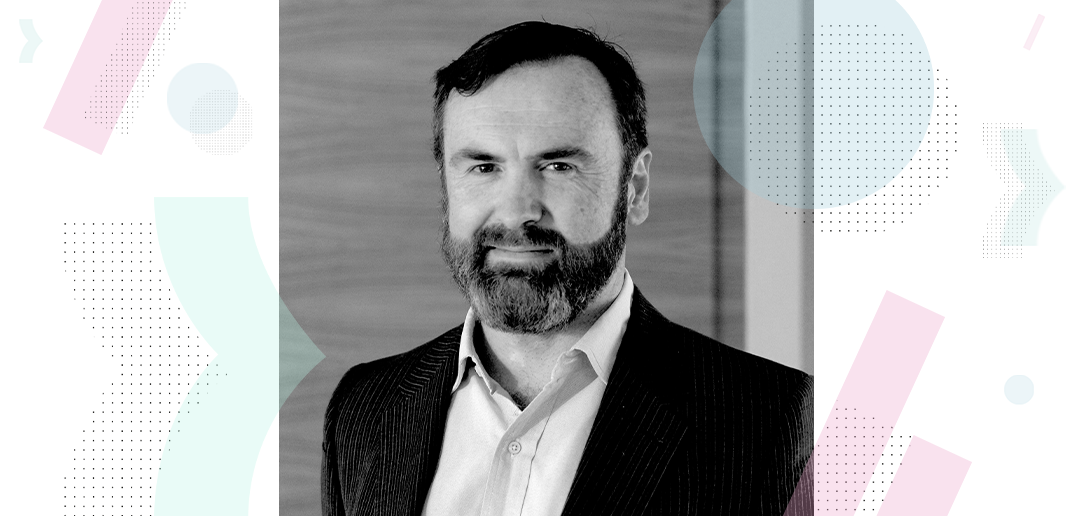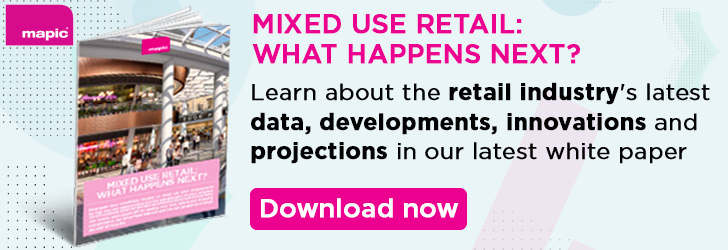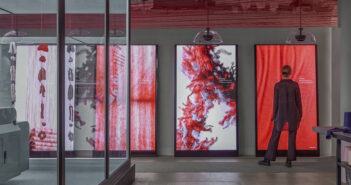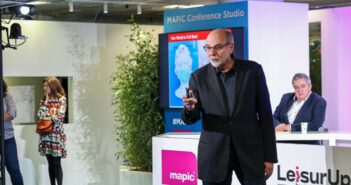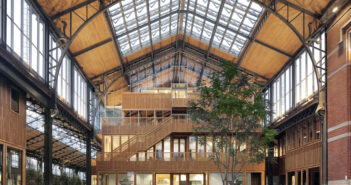“At Nhood, we indeed believe that the three elements – people, planet, profit – are equally important and cannot be separated. They actually combine in synergy,” says Etienne Dupuy, CEO, Nhood, describing the company’s mixed use urban development philosophy. “Now more than ever, the sector needs new solutions in order to protect communities and the environment. We feel that the retail industry is in need of a profound improvement to meet people’s new needs. Retail significantly contributes to the quality of urban life, which is now embodied in the mix of uses and proximity of such uses: housing, offices, public spaces and services, and so on.”
He says that these create, and recreate, the social ties that make up the city and urban development and says that Nhood’s ambition is to create “neighbourhood-level living spaces” where functions complement and re-inforce each other while having a triple positive impact: improving the environment, improving people’s well-being and development, and obviously creating value.
The ‘New living mood’ signature expresses the ambition to create sustainable value, for and with people, the market and the planet, says Dupuy.
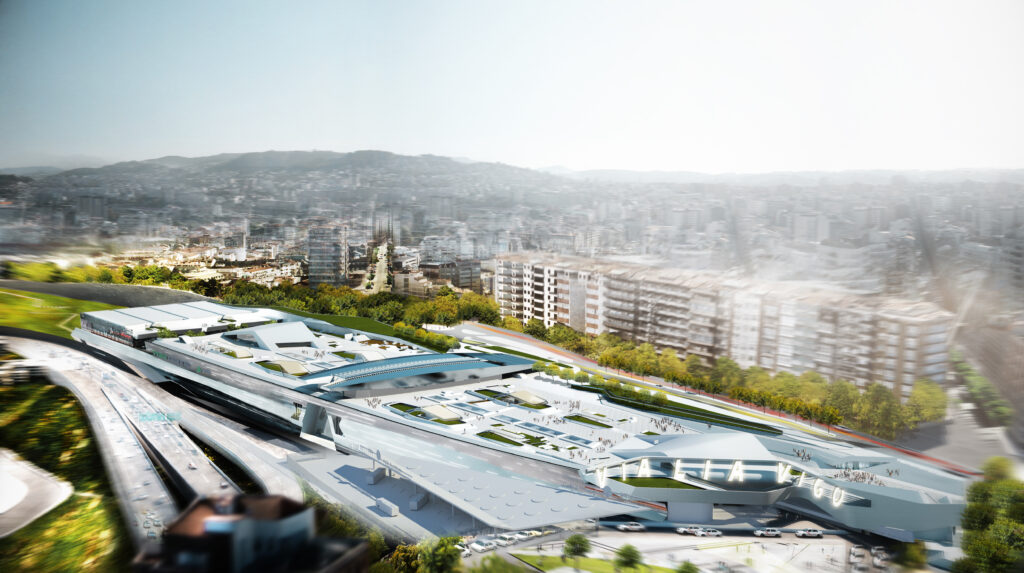
Vialia Vigo – Spain
The pandemic has revealed some new needs and certainly new ways of organising urban development, especially in terms of mixed use residential and retail real estate.
“It is impossible to change the retail sector or real estate sector without thinking about the evolution of the city and the resilience of the urban model. Coping with the crisis, our teams have been innovative, shared best practices with our retail partners, coordinated initiatives within the Mulliez Family Association (a federation of independent companies),” says Dupuy.
Climate change is not some futuristic vision unfortunately, and we want our sites to be more than future-proof. The health crisis has turned people’s habits upside down, and has only reinforced our belief in the need for change in the retail and urban world.
“Our responsibility is to support the development of best practices generated by communities for a better quality of life in the city, offering a mix of local activities and functions that are useful for everyone, with commerce acting as a bond, and resilience being part of the solution. Our sites are indeed part of the urban fabric, they benefit from and contribute to it.”
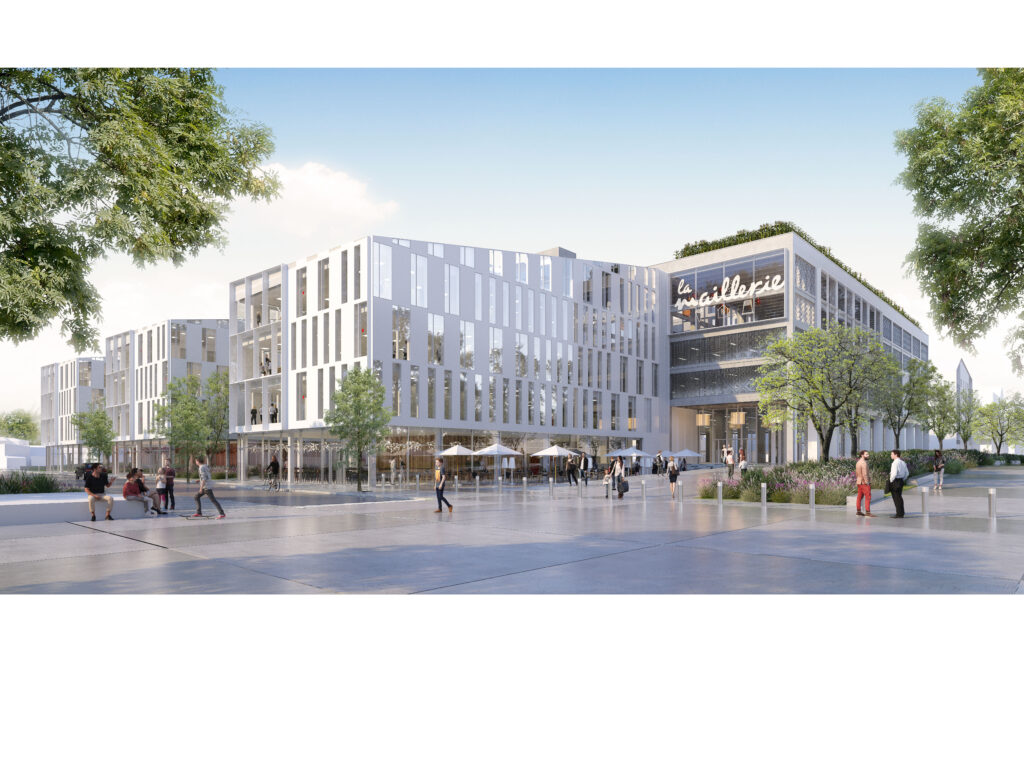
La Maillerie – © D’Houndt + Bajart
Mixed use urban development
Dupuy says that Nhood will primarily focus on improving or developing sites that it will assess on the three axes it believes are right for impact investing: ‘planet, people, profit’, taking into account the environmental, climatic, social and economic impacts in its performance and site regeneration strategy.
“There will be no compromise between the three, we work on them as a synergy to improve overall quality of our places, and thus, value,” he says. “Proximity, diversity and chosen mobility are inspiring a new way of designing the city. Nhood aims to become an innovative and benchmark/reference leader in triple-positive impact real estate and urban regeneration.
“Deploying positive impact on our three axis is key to the changes for the better in our societies. We are deploying tools to track our progress on how we improve a site’s environmental quality, biodiversity, climate change mitigation, then how people appreciate our sites and the experience they provide, how we have managed to develop the site for the community uses, across social, gender, age, culture diversity, and how this create positive economic development and value.”
Mixed use projects and public spaces
Dupuy insists that designing living spaces in constant dialogue with the inhabitants will at the heart of the company’s urban development method, recalling that in Vialia Vigo in Spain, more than 1,400 people visited the project house. The local residents and the local users of the area chose the commercial and cultural offer and the skate park.
“We build this dialogue through round tables, consultation meetings and surveys. Today, we design the city fabric for, and with, the locals,” says Dupuy, adding that the goal is to design mixed neighbourhoods “inspired by the 15-minute city”, which creates “social ties and complementarity, a permaculture approach in design. It is in this sense that we will regenerate all types of sites.”
Nhood intends to develop a rating system for the three dimensions of positive impact:
- Systematic reintegration of biodiversity, connection to public transport, BREEAM in Use certifications, low carbon development, carbon avoidance;
- Social and generational diversity on site, social links and local services: third party associative sites, neighbourhood concierges, consultation, co-construction, etc;
- Boosting the local (and national) economy (jobs, local economy improvement also saves carbon).
Its vision is already evident in Vialia Vigo, Spain, with the search for positive impact reflected through a social and solidarity grocery store, a space for senior citizens, the BREEAM Very Good certification in the conception phase, and certifications to ensure Nhood’s inclusive approach is nurtured and quantified, and net job creations.
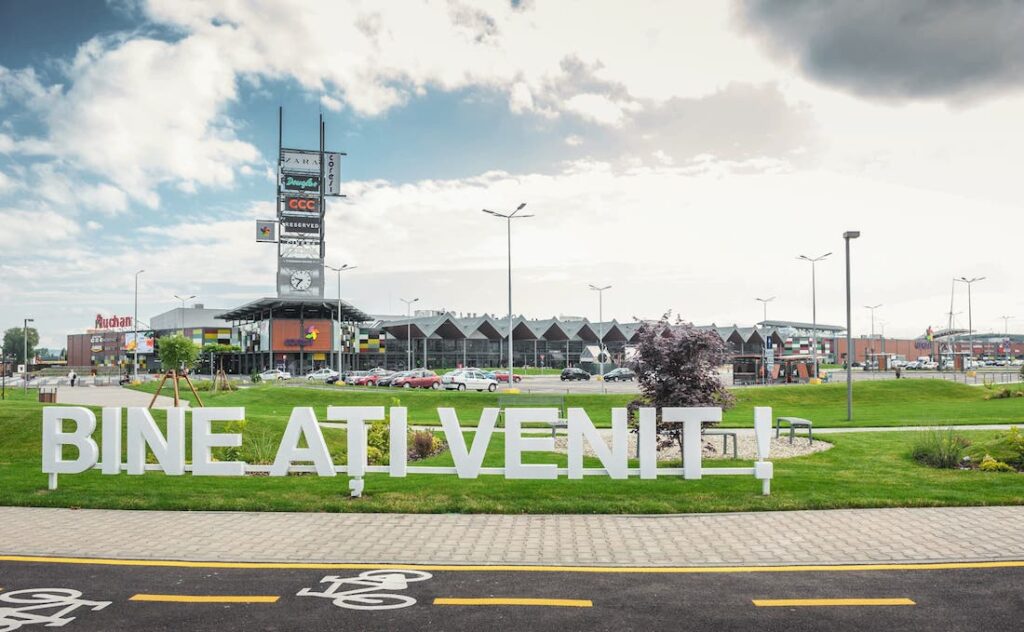
Coresi – Romania
Meanwhile, in Villeneuve d’Ascq, France, La Maillerie offers smart car parks, shared storage, spaces for all generations and Nhood is also looking to improve the ecology of the mixed use retail development site, which was used for logistics. “We have found that we could rejuvenate the local river which used to be forced into pipes, and we are re introducing and fostering bio-diversity,” says Dupuy.
In Coresi, Romania, the company has introduced a “social and solidarity” grocery store, more than 2,500 leisure and cultural events have been organised since 2015, Nhood has obtained a BREEAM Excellent certification, and now has nine office buildings which are fully occupied, contributing to a well-balanced urban development.
Read more on mixed use retail and what happens next, read a 2-part article on how mixed use retail developments are reshaping retail models: part 1 here and part 2 here.

